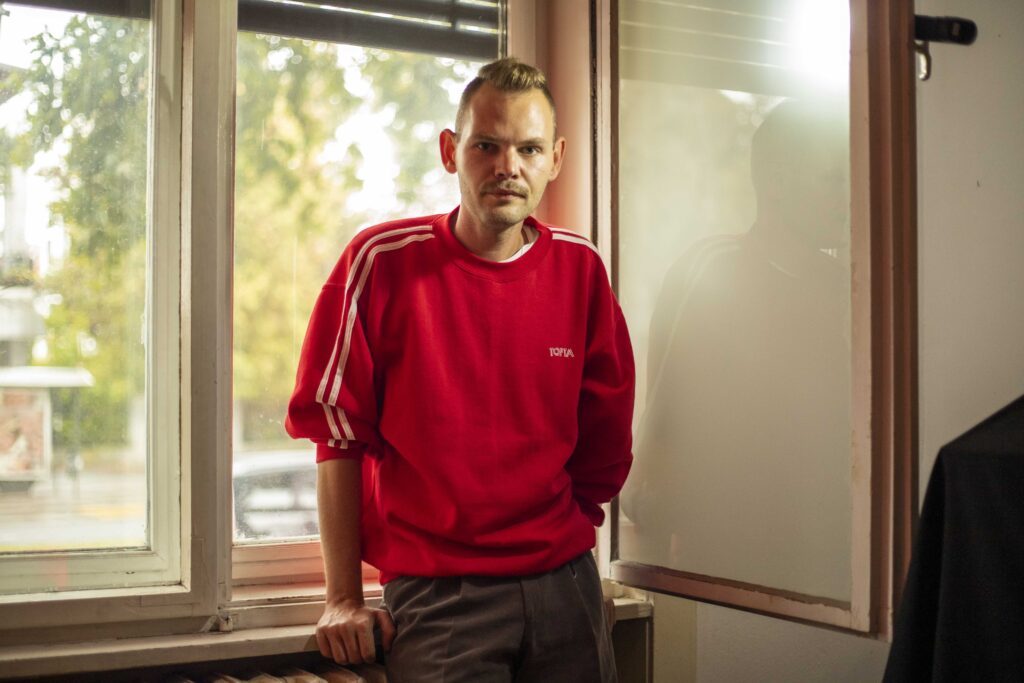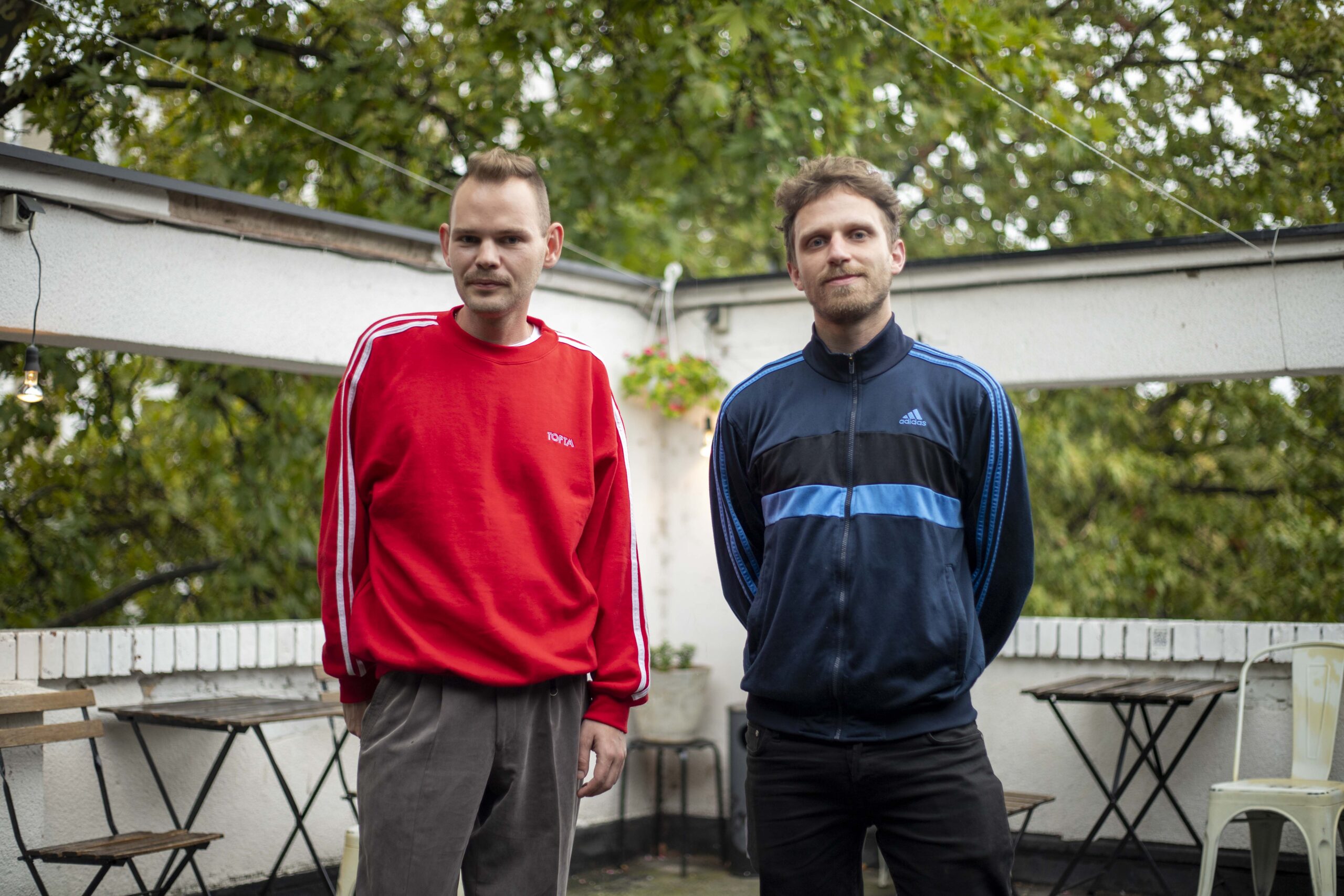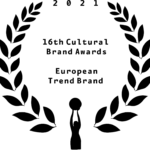The citizens of Novi Sad will have a chance to see the installations of two young artists from Kaunas who arrived in Novi Sad within the Artist in Residence exchange programme of the ‘Novi Sad – European Capital of Culture’ project. The works will be shown within the week of applied arts of the Kaleidoscope of Culture.
Anton Karyuk and Vytautas Stakutis worked hard in Novi Sad during the week of visual arts, and the audience will have a chance to see their works during the week of applied arts, in the ‘LAB’ Cultural Centre on Sunday, 3 October, at 6 p.m. The two of them found inspiration in the rich architecture from different periods in the history of Novi Sad and Kaunas.
According to Anton, who deals with installations, video art and performing art, the ‘Simple Things from/for Human Beings’ exhibition will contain such objects which are comfortable for the viewer, so to say, suited to a human being since one of the functions of modernism is also to search for new ways of perceiving and reflecting reality.
‘I plan to show a video work that I created during my stay in Serbia and several objects, such as a transparent mailbox and transparent postcards with Serbian stamps. Viewers will be able to sign and send them to their loved ones. The idea of the transparent mailbox carries a social meaning to me. It seems that everyone has access to the physical object, but actually only the owners have the right to read the correspondence, letters and postcards, they receive,’ said Karyuk.

He opted for the transparent material because it does not interfere with the façades of historic buildings. In contrast to many cases where outdoor advertisements, shop signs and additional structures on buildings spoil the aesthetics of the architecture.
‘By this work I also reflect upon security and confidentiality of personal data, which are under constant threat now,’ he added.
When comparing Novi Sad and Kaunas, he says both cities seem rather similar. He points out that he likes Novi Sad because it has many green areas, an interesting underground scene and many hidden places, and that he extremely enjoys Serbian Athens. Furthermore, this type of exchange is extremely important to him.
‘Artists create new meanings, look into the future, or pay attention to something which might seem mundane and imperceptible. Such outsider’s view is very important for any place, whereas for artists this serves as cultural exchange, broadening of horizons and inspiration,’ he adds.
When asked how he sees Novi Sad and Kaunas as European Capitals of Culture 2022, he says:
‘It is very important that this title goes to such European cities as Novi Sad or Kaunas which might be not that well known on the continent but nevertheless are very interesting and vibrant. It shows that the city has really worked hard to earn this title. It is like an award for all that you have done and now others can pay more attention to that and also enjoy it.’
Artists Anton Karyuk and Vytautas Stakutis arrived in Novi Sad within the reciprocal residential programme DeMo (short for Decoding Modernity), implemented by Kaunas Artists’ House (KAH, Lithuania) and LAB Cultural Centre (Novi Sad, Serbia), within ‘Artist in Residence’ platform of the ‘Novi Sad – European Capital of Culture’ project.
Within the programme, artists from Novi Sad are supported to implement outgoing residences, as well as to enable foreign artist to visit Novi Sad and to exchange experience and knowledge with local artists through work.
Partners in the DeMo project are Kaunas Artists ’House, Kaunas 2022: Modernism for the Future, LAB Cultural Centre and the ‘Novi Sad – European Capital of Culture’ Foundation. The audience will have a chance to enjoy the third Design Pavilion within the week of applied arts of the Kaleidoscope of Culture, which will last until 8 October. The best European, regional and local design practices in the cultural sector will be presented. The Design Pavilion also brings the Design for Culture exhibition, where more than 200 exhibits consisting of posters, publications and other graphic materials produced for regional and European cultural institutions, independent stage organisations, festivals, artists and relevant cultural projects.
PDP conference, one of the key platforms that has brought together designers, photographers and other visual artists for more than 10 years for the purpose of education, and which will implement professional lectures open to all interested in the field of graphic design, architecture, interactive design and similar topics, will be held within the Design Pavilion. You can find detailed information about the programme of applied arts week on the link.
Photo: Uroš Dožić



